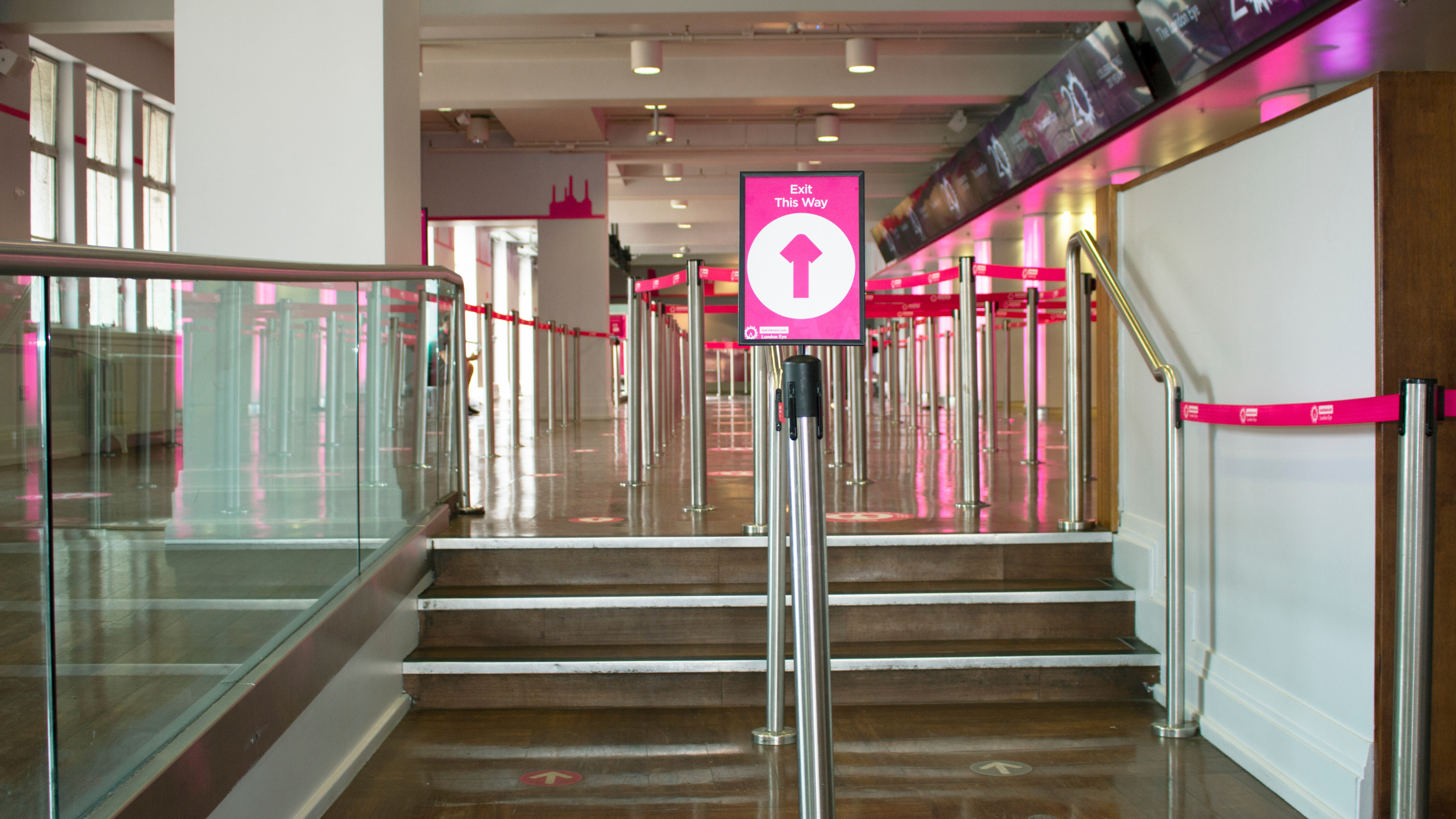- Home
- Sectors
- Solutions
- Tensabarrier®
- Tensator® Charging Stations
- Tensamedia® Wayfinding and Signage
- Lawrence® Post & Rope
- Tensator® Airport Passenger Guidance System
- Electronic Queuing – eQ™
- Tensaguide® Modular Barrier System
- Tensator Micam Protection – TMP
- Safety Solutions
- Access Control
- In-Queue Merchandising
- Virtual Queuing – VQMS
- Tensator® Virtual Assistant
- Custom & Bespoke Solutions
- Resources
- About
- Contact Us
- Shop
 English (English)
English (English)
Christmas Queuing Advice from Tensator
18
Oct

It’s that time of year again…
There’s no doubt it’s been another tough year for the High Street, but with Christmas and New Year approaching, now is the time to get prepared for the busiest time of the year.
Recent figures show that consumer spending, driven by low inflation and rising employment, is on the march again, which is obviously good news for retailers. However, that doesn’t mean competition for customers is any less fierce.
So, what should retailers do now in order to stay ahead of their competitors this Christmas?
Plan an engaging customer journey
Planning an engaging, efficient and effective customer journey is key if retailers want a slice of the estimated £22bn-plus that will be spent in shops this Christmas and New Year. By concentrating on a few specific areas, retailers can maintain healthy profits and hit the ground running after the sales end in January.
Your customer should feel special as soon as they enter your store if you want them to part with their cash. Christmas is a fantastic period to be able to do this, through a variety of media, as it is a visually appealing time of year. However, it should also be remembered that potential customers will walk away from your store if they are stuck waiting in long queues.
Walk this way
Tensator’s research shows that current industry standard for walk-aways is 1.6 per cent, which equates to a significant amount of revenue – especially at busy times such as Christmas. By ensuring a swift and efficient queuing experience this festive season through the innovative use of queue barriers, introduction of single line queuing methods and electronic call forward systems, retailers can not only reduce the number of walk-aways or queue abandoners, but also improve operational efficiencies.
Strategically placed stocking fillers
What makes Christmas such a lucrative time for retailers is that consumers go the extra mile to pick and choose gifts – and this often means the purchase of add-on presents or stocking fillers. This is where strategically merchandising the queue with small, low-value products can come into its own. By extending shopping time into queuing time, impulse buys can be increased by up to 400 per cent and margins by up to 30 per cent.



